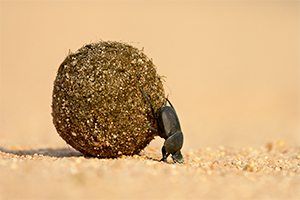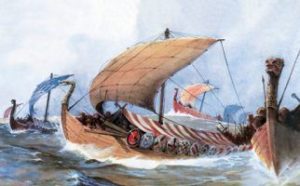
King Henry VIII Comic: Primary Resource
Learn all about this famous British king in under a minute!
This primary resource offers children an overview of the life of King Henry VIII in a fun comic book format. A key figure in British history, discover significant events that occurred during the king’s lifetime. When did King Henry VIII become king? Who was his first wife? Why and when did King Henry VIII establish the Church of England?
Pupils will learn about King Henry VIII’s coronation, marriages, lifestyle and his political influence during his years on the throne in our National Geographic Kids King History resource sheet.
The teaching resource can be used in study group tasks for learning about King Henry VIII and his important role in British history. It can be used as a printed handout for each pupil to read themselves, or for display on the interactive whiteboard, as part of a whole class reading exercise.
Activity: After reading our primary resource, ask pupils to carry out their own research on King Henry VIII and his six wives – they could use our The Six Wives of King Henry VIII and The Life and Reign of King Henry VIII features to help with their studies. Then, get them to imagine that they are an advisor to the king, in charge of finding him a seventh wife. Their task is to write a letter to a potential queen of England, explaining why she should take King Henry’s hand in marriage. The letter could be fun and humorous – complimenting the king, highlighting his achievements and explaining why his previous marriages were unsuccessful.
N.B. The following information for mapping the resource documents to the school curriculum is specifically tailored to the English National Curriculum and Scottish Curriculum for Excellence. We are currently working to bring specifically tailored curriculum resource links for our other territories; including South Africa, Australia and New Zealand. If you have any queries about our upcoming curriculum resource links, please email: schools@ngkids.co.uk
This History primary resource assists with teaching the following History objectives from the National Curriculum:
- Know and understand the history of these islands as a coherent, chronological narrative, from the earliest times to the present day: how people’s lives have shaped this nation and how Britain has influenced and been influenced by the wider world
- Gain historical perspective by placing their growing knowledge into different contexts, understanding the connections between local, regional, national and international history; between cultural, economic, military, political, religious and social history; and between short- and long-term timescales
National Curriculum Key Stage 1 History objective:
- Pupils should be taught: significant historical events, people and places in their own locality
- Pupils should be taught: the lives of significant individuals in the past who have contributed to national and international achievements. Some should be used to compare aspects of life in different periods
National Curriculum Key Stage 2 History objective:
- Pupils should be taught a study of an aspect or theme in British history that extends pupils’ chronological knowledge beyond 1066
This primary resource also assists with teaching the following English objectives from the National Curriculum:
- Comprehension skills develop through pupils’ experience of high-quality discussion with the teacher, as well as from reading and discussing a range of stories, poems and non-fiction. All pupils must be encouraged to read widely across both fiction and non-fiction to develop their knowledge of themselves and the world in which they live, to establish an appreciation and love of reading, and to gain knowledge across the curriculum
This History primary resource assists with teaching the following Social Studies Second level objective from the Scottish Curriculum for Excellence:
- I can discuss why people and events from a particular time in the past were important, placing them within a historical sequence
- I can compare and contrast a society in the past with my own and contribute to a discussion of the similarities and differences
Download primary resource
More Like

Peter Rabbit 2

25 cool things about bugs!

The Girl, the Dog and the Writer in Provence









LEAVE A COMMENT
THANK YOU
Your comment will be checked and approved shortly.
WELL DONE,
YOUR COMMENT
HAS BEEN ADDED!
COMMENTS
CUSTOMIZE YOUR AVATAR